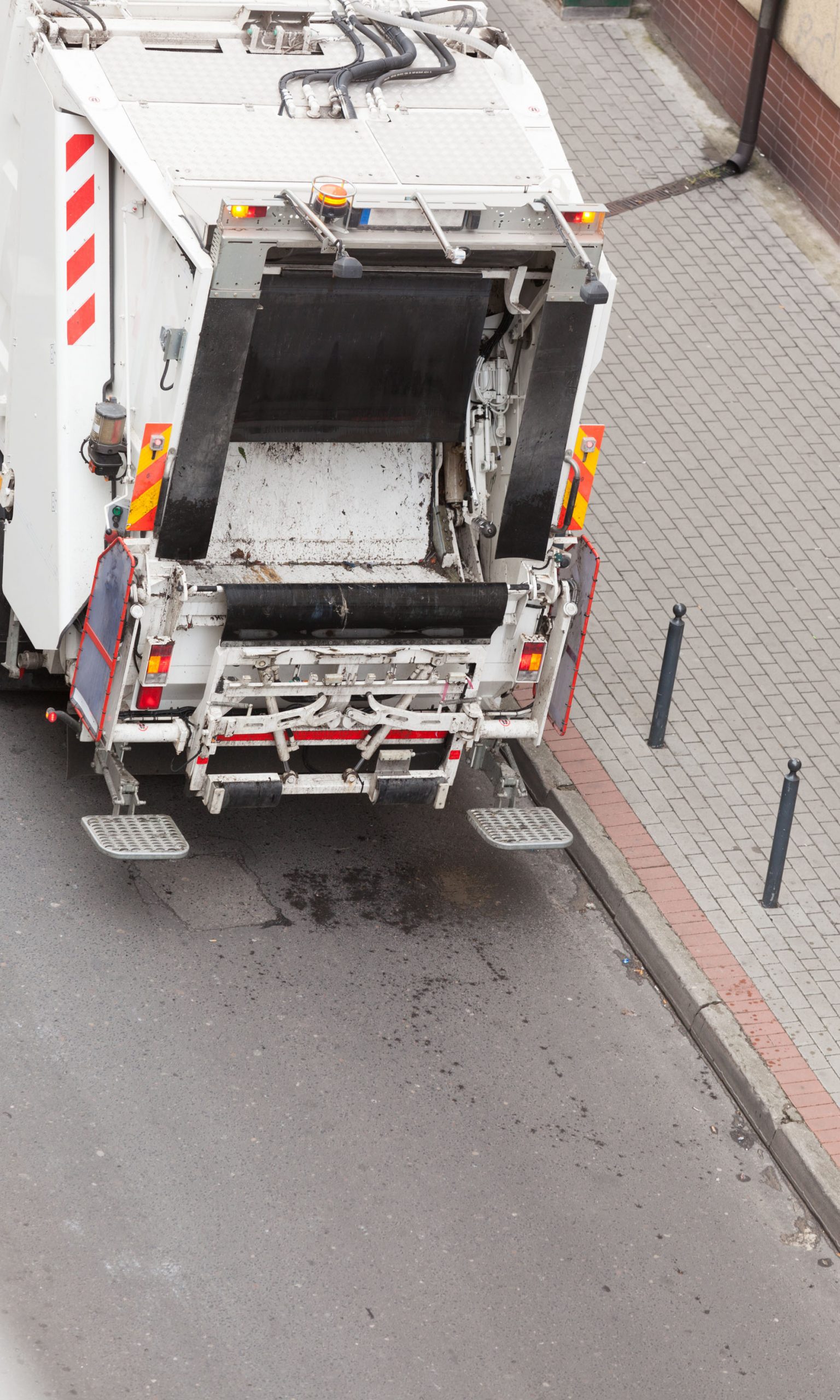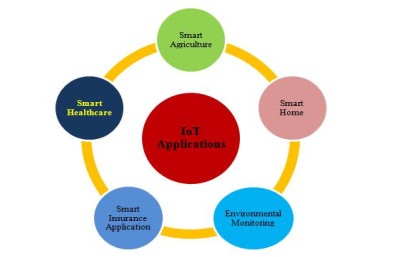Report on Rapid City’s Waste-to-Energy Initiative and Alignment with Sustainable Development Goals
Introduction
The Rapid City Council is evaluating a proposal to lease a portion of its solid waste facility to Colorado Energy Recyclers. This initiative represents a significant step towards enhancing municipal sustainability and aligns directly with several key United Nations Sustainable Development Goals (SDGs). The proposed project builds upon a prior memorandum of understanding to assess the feasibility of converting landfill waste into alternative fuel sources.
Project Overview and Objectives
If approved, the lease will enable Colorado Energy Recyclers to establish operations focused on repurposing municipal solid waste. The primary objectives of this initiative are:
- To substantially reduce the volume of waste material being deposited into the city’s landfill.
- To create a viable alternative fuel source from non-recyclable waste materials.
- To establish a new revenue stream for the city’s solid waste department, thereby reducing the financial burden on residents.
- To improve the overall environmental performance of the city’s waste management system.
Contribution to Sustainable Development Goals (SDGs)
The proposed waste-to-energy project makes direct and measurable contributions to the following SDGs:
-
SDG 7: Affordable and Clean Energy
By converting waste into an alternative fuel, the initiative supports Target 7.2, which aims to increase substantially the share of renewable energy in the global energy mix. This project introduces a sustainable, locally-sourced fuel, reducing reliance on traditional fossil fuels.
-
SDG 11: Sustainable Cities and Communities
This project is central to achieving Target 11.6, which calls for reducing the adverse per capita environmental impact of cities, including by paying special attention to air quality and municipal waste management. By diverting waste from landfills and repurposing it, Rapid City is actively improving its urban waste management infrastructure and creating a more sustainable community.
-
SDG 12: Responsible Consumption and Production
The initiative is a clear example of implementing Target 12.5, which aims to substantially reduce waste generation through prevention, reduction, recycling, and reuse. The repurposing of waste material into fuel embodies the principles of a circular economy, moving away from a linear “take-make-dispose” model.
-
SDG 13: Climate Action
Diverting organic and other materials from landfills mitigates the production of methane, a potent greenhouse gas. This action contributes to climate change mitigation efforts, aligning with the overarching goal of SDG 13 to take urgent action to combat climate change and its impacts.
Economic and Environmental Impact Analysis
According to Assistant Public Works Director Stacey Titus, the project presents a dual benefit for the city and its residents. The environmental and economic impacts are intrinsically linked.
- Environmental Impact: The primary environmental benefit is the reduction in landfill usage. As stated by Titus, “we are not burying that material; it will be repurposed and used as alternative fuel.” This avoids the long-term environmental liability associated with landfills.
- Economic Impact: The solid waste department is currently funded by ratepayers. The generation of revenue from the sale of alternative fuel creates a new income stream. This “takes that pressure off of our customers,” potentially stabilizing or reducing garbage collection and disposal fees for residents.
Public Consultation
To ensure public transparency and engagement, the City Council has scheduled a public hearing on the matter. The hearing will take place on August 18 at 6:30 p.m. in City Hall, providing an opportunity for community feedback on this significant sustainability initiative.
Analysis of Sustainable Development Goals in the Article
1. Which SDGs are addressed or connected to the issues highlighted in the article?
- SDG 7: Affordable and Clean Energy – The article discusses a project to turn “landfill waste into alternative fuel” and advance “sustainable energy,” which directly relates to increasing the share of clean and renewable energy sources.
- SDG 11: Sustainable Cities and Communities – The initiative is led by the “Rapid City Council” to improve “waste management” and reduce the “environmental impact” within the city, making the community more sustainable.
- SDG 12: Responsible Consumption and Production – The core of the project is to “cut down landfill use” and repurpose waste material. This aligns with the goal of substantially reducing waste generation through recycling and reuse.
- SDG 17: Partnerships for the Goals – The project is a collaboration between a public entity (Rapid City) and a private company (“Colorado Energy Recyclers”), as evidenced by the “agreement” and “MOU (memorandum of understanding),” highlighting a public-private partnership.
2. What specific targets under those SDGs can be identified based on the article’s content?
- Target 7.2: “By 2030, increase substantially the share of renewable energy in the global energy mix.” The project’s aim to create “alternative fuel” from waste contributes directly to this target by introducing a new source of sustainable energy.
- Target 11.6: “By 2030, reduce the adverse per capita environmental impact of cities, including by paying special attention to air quality and municipal and other waste management.” The article explicitly states the project is a “key part of reducing environmental impact and improving waste management” for Rapid City.
- Target 12.5: “By 2030, substantially reduce waste generation through prevention, reduction, recycling and reuse.” The initiative’s goal is “cutting down landfill use” by ensuring material is “repurposed” instead of being buried, which is a direct application of this target.
- Target 17.17: “Encourage and promote effective public, public-private and civil society partnerships…” The article describes a partnership between the “Rapid City Council” and “Colorado Energy Recyclers” to achieve environmental and economic goals, which exemplifies this target.
3. Are there any indicators mentioned or implied in the article that can be used to measure progress towards the identified targets?
- For Target 7.2: The amount of “alternative fuel” produced from the solid waste facility. The article mentions the feasibility of creating alternative fuels is being explored, so tracking the output would be a direct measure of success.
- For Target 11.6 & 12.5: The reduction in the volume of waste being buried. The article states, “we are not burying that material,” implying that a key metric for success will be the amount of waste diverted from the landfill and repurposed.
- For Target 17.17: The establishment and operationalization of the public-private partnership. The article points to the “MOU” and the upcoming “public hearing” for the lease agreement as concrete steps. The final approval of the lease would be a clear indicator of the partnership’s formation.
- Implied Economic Indicator: The generation of an “extra stream of revenue for the city’s solid waste department.” This can be measured by the actual revenue generated from the project, which helps reduce the financial burden on residents.
SDGs, Targets, and Indicators Summary
| SDGs | Targets | Indicators |
|---|---|---|
| SDG 7: Affordable and Clean Energy | 7.2: Increase substantially the share of renewable energy in the global energy mix. | Amount of alternative fuel produced from the solid waste facility. |
| SDG 11: Sustainable Cities and Communities | 11.6: Reduce the adverse per capita environmental impact of cities, including by paying special attention to… municipal and other waste management. | Reduction in the volume of waste material being buried in the city’s landfill. |
| SDG 12: Responsible Consumption and Production | 12.5: Substantially reduce waste generation through prevention, reduction, recycling and reuse. | Volume of waste repurposed and diverted from the landfill. |
| SDG 17: Partnerships for the Goals | 17.17: Encourage and promote effective public, public-private and civil society partnerships. | Formalization of the lease agreement between Rapid City and Colorado Energy Recyclers. |
Source: kotatv.com







